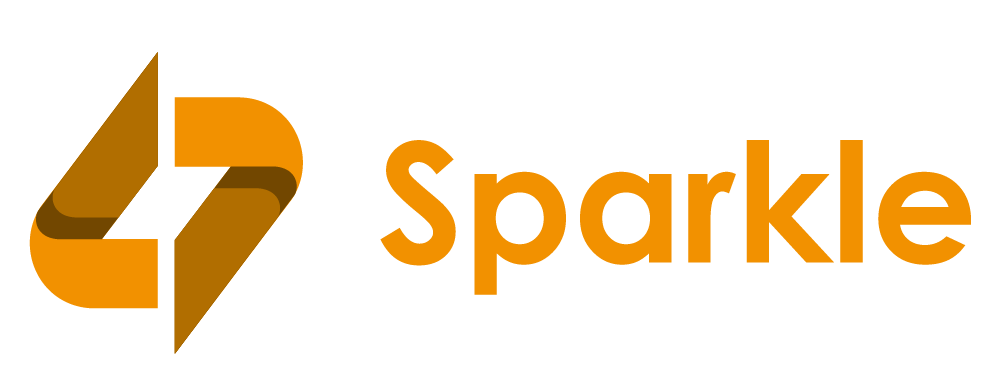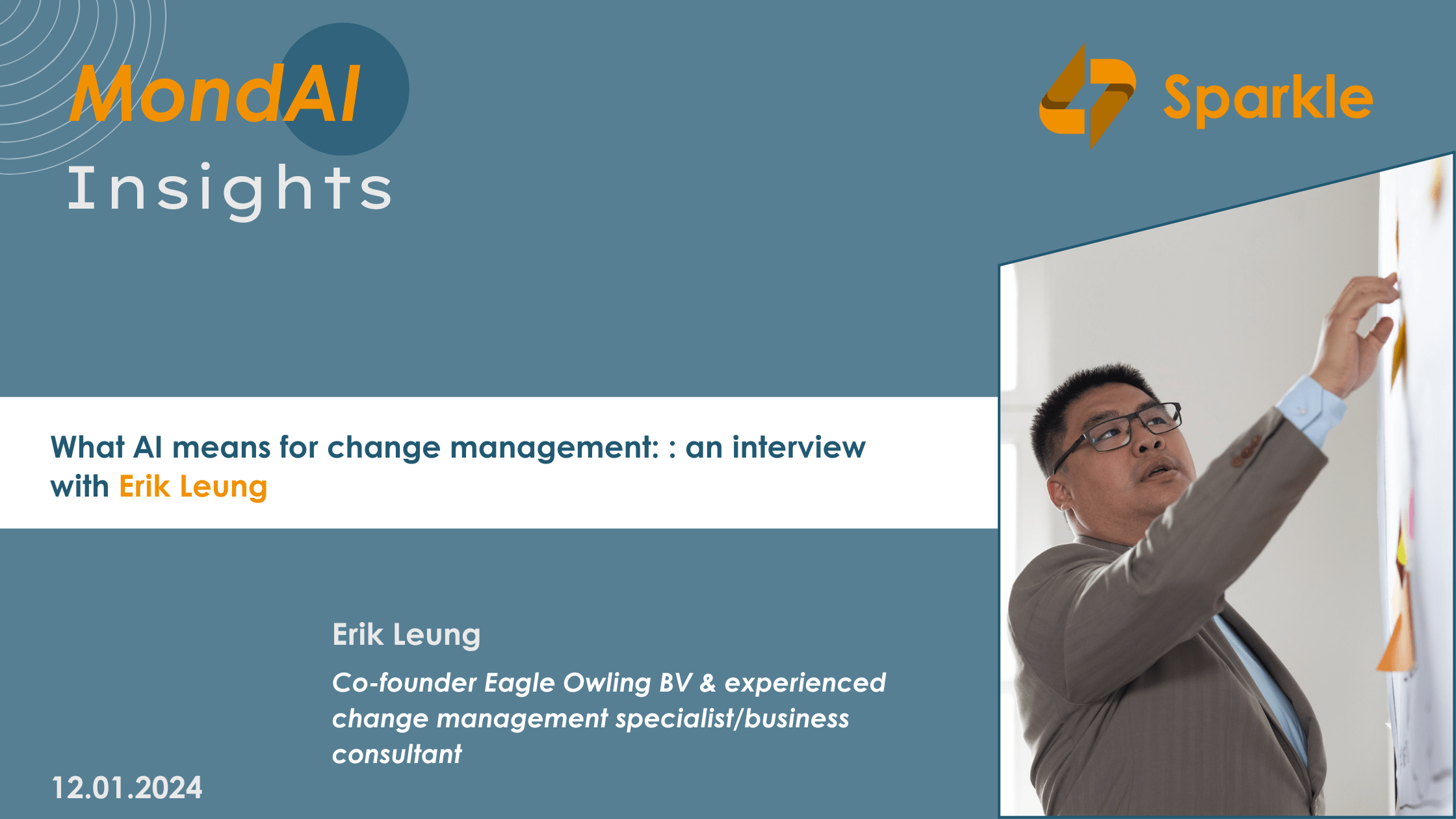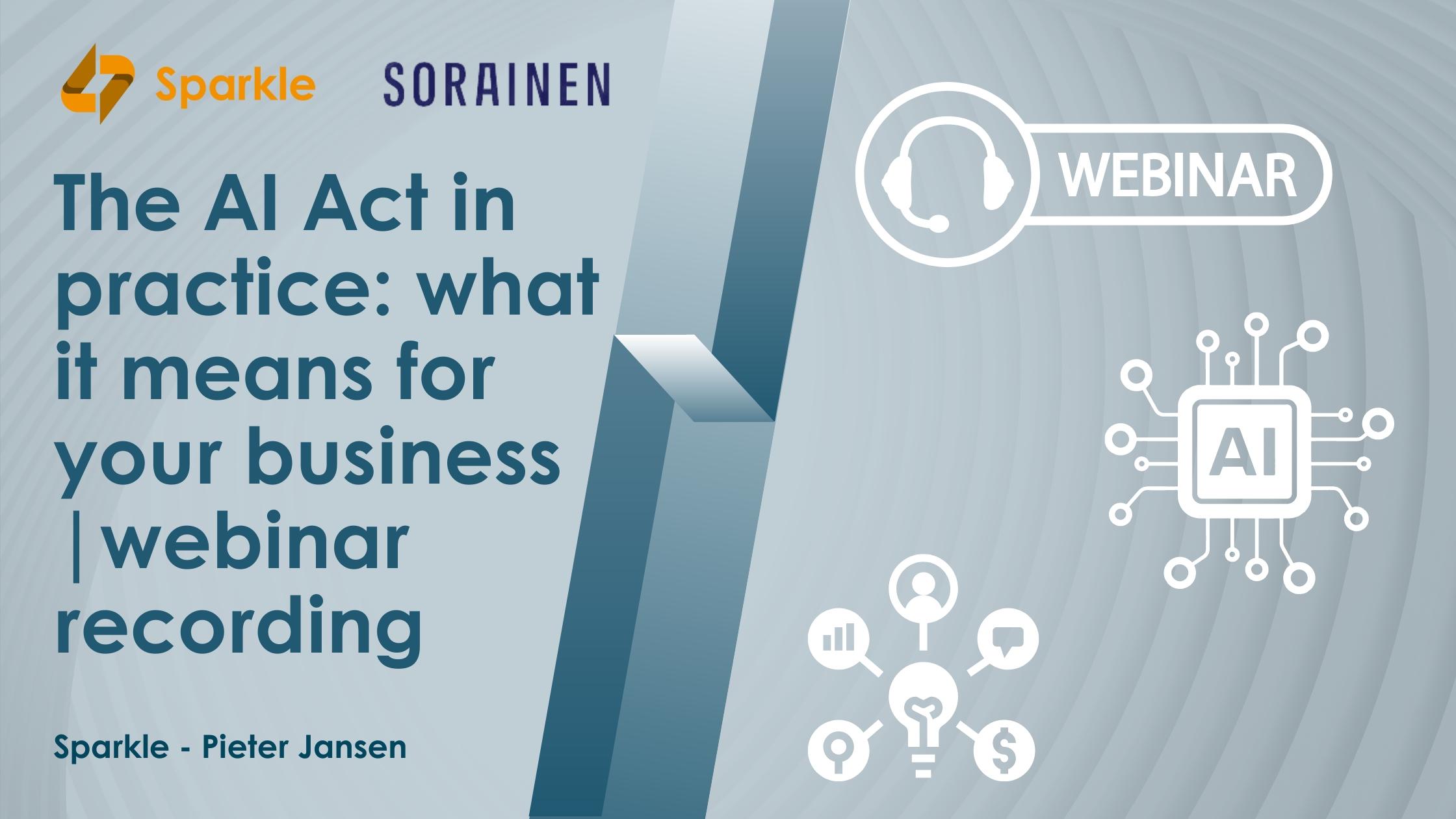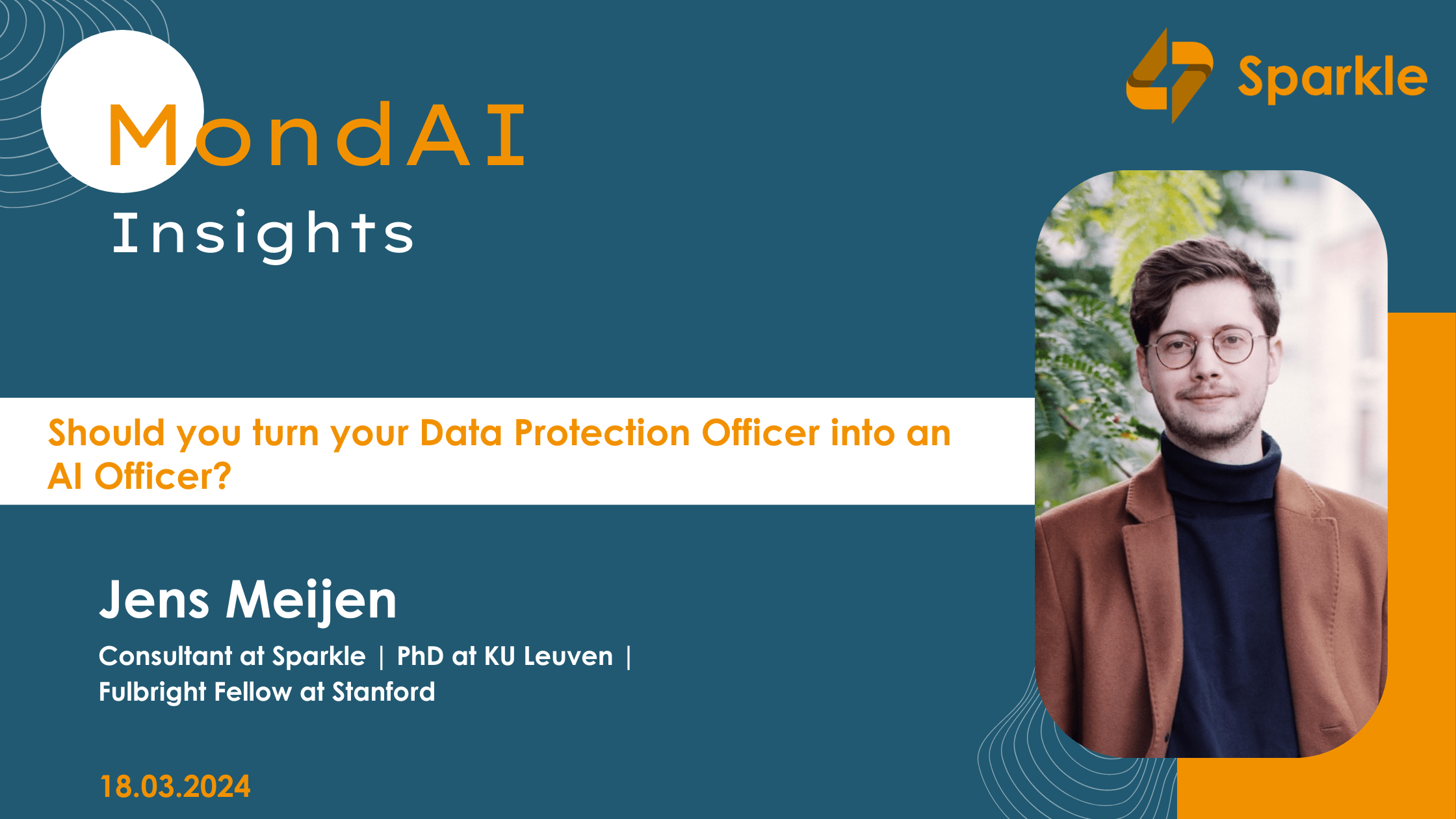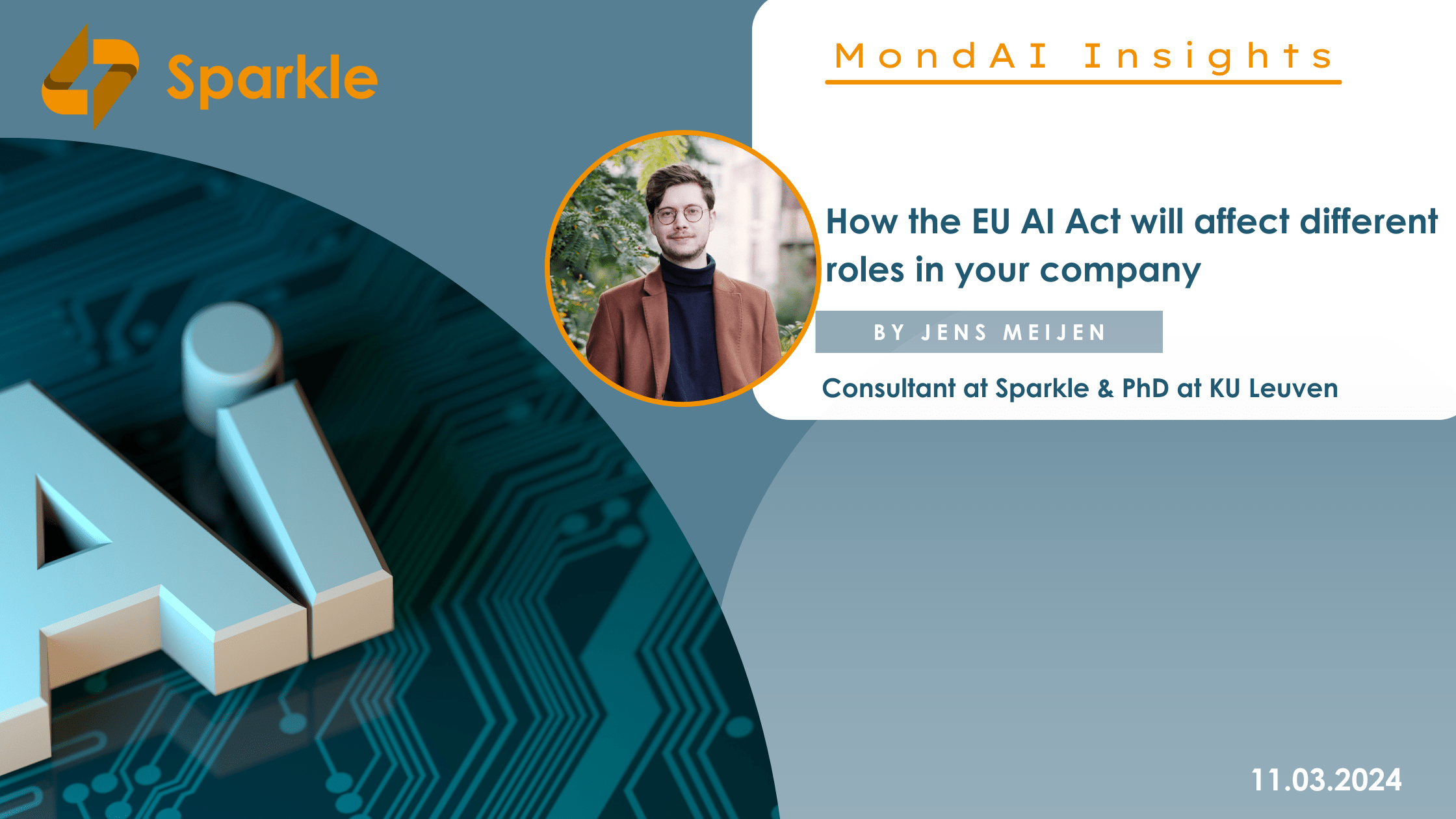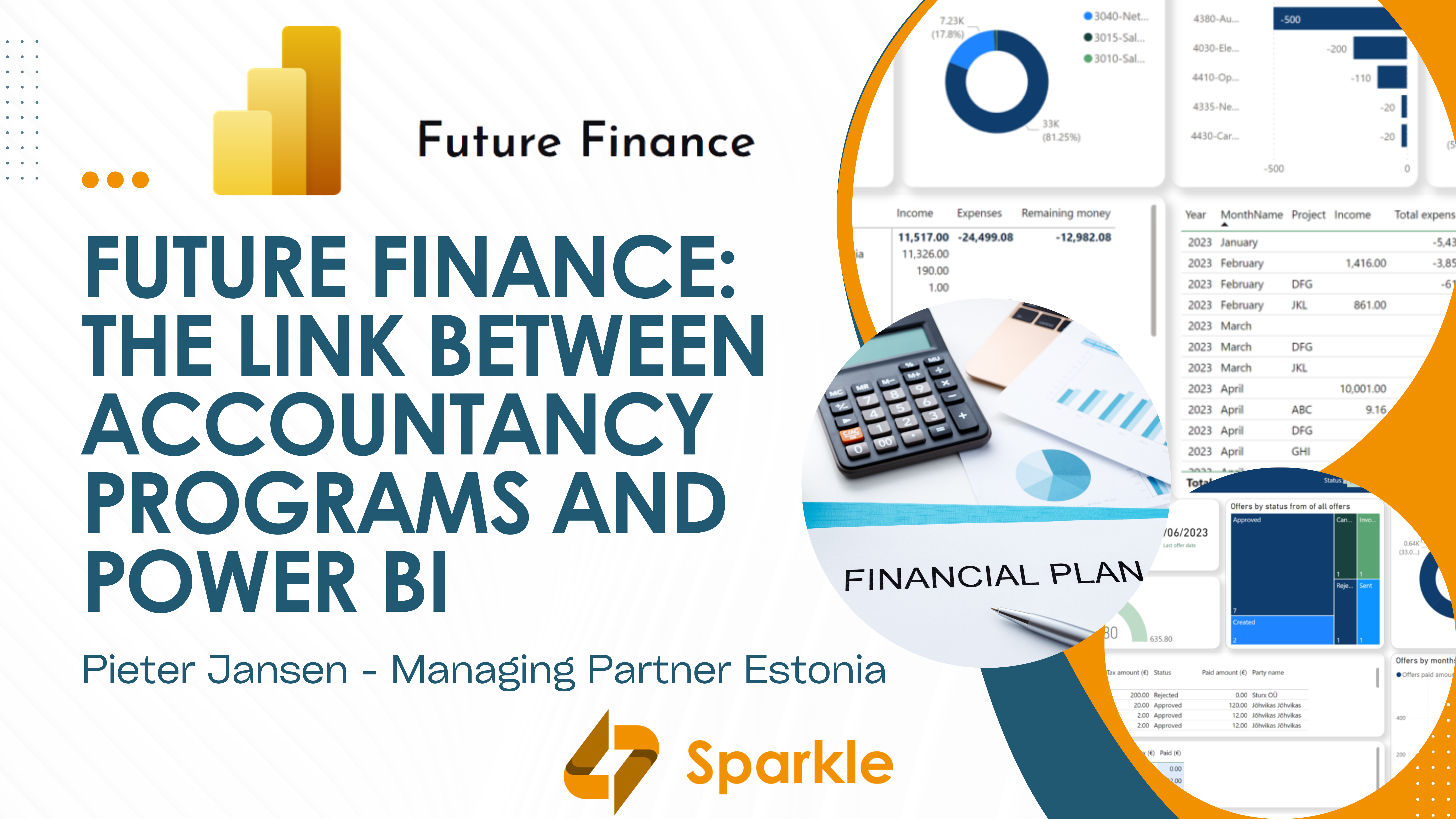Erik Leung is an experienced change management specialist and business consultant with a human-centered, empathetic approach. Sparkle’s AI Strategy and Compliance Consultant Jens Meijen sat down with him to discuss the importance of change management in AI transformation projects.
Let's start with basics: what is change management?
EL: Change management, at its core, is a structured approach in order to transition people, processes, and resources from a current state to a desired future state. That’s a basic definition. I like to add: “to achieve certain intended benefits” – because change is never change just to change. Change should always have a goal.
Within that transition process, are there any recurring or common obstacles in change management?
EL: When it comes to common obstacles to change, I like to talk about the “iceberg” of change. It has four levels. Down at the bottom of the iceberg, you’ll find the most fundamental yet the most underrated and often least addressed aspect of change: emotion. The first response that people have when faced with changes at work – big or small – is often emotional. The fear of change can be very real, but it’s my job as a change manager to help people embrace and overcome that fear.
The second obstacle is respect. In a change project, and especially large-scale transformation, you’ll see people wondering what their role will be after everything is said and done. Many people find part of their personal identity in their work, and that identity must be respected and transitioned into new forms with proper care.
The third level of the iceberg is protocol: you accept change is coming and know what your role will be, but you still have to figure out how people will work together. What processes will affect you as an employee? How will we operate? A lack of clarity over protocols can lead to a lot of uncertainty and fear down the line.
The top level is what a lot of people mistakenly think is most fundamental, because it is the most visible: the content of the change that will be introduced. Typically, it’s how people are trained on the process of the new tool. Can you imagine: your daily routine is changed completely, but all you get as guidance is an instruction manual? If you’re anything like me, you wouldn’t be very happy. You need to have the foundations in place first. They matter much more than you might think, and not starting from the bottom means you’re rushing your project.
So there's a lot of psychology involved in change management?
EL: Absolutely. Change is never a totally rational process. I often think of Adam Smith’s The Wealth of Nations (a fundamental work in political economy from 1776 – JM), which is really predicated on this conception of humans, the economy, and labor as fundamentally rational. That calculated rationality is supposed to lead to an equilibrium within markets, but that’s absolutely not true for change. Humans are fundamentally irrational creatures, and good change managers accept that. We reconcile the functional with the irrational.
How does that work for artificial intelligence?
EL: AI really is an interesting case when it comes to change management. There have been so many news articles on the labor market and AI, and especially on how many jobs could be cut due to AI and automation. A lot of the fears I see are really about a loss of control and a lack of certainty.
To get a sense of the frictions that a certain change could bring, I like to use the acronym SCARF, or status, certainty, autonomy, relatedness, and fairness. Certainty, or job security, has seen by far the most attention when it comes to AI. People are afraid they’ll lose their job if an AI project is completed successfully, and that can lead to significant resistance from everyone involved.
Since AI can make autonomous decisions, agency and autonomy seem important too.
EL: Definitely: a potential loss of job autonomy is also a major point of friction. People might fear they won’t be able to be as free as they used to be when AI is involved. Where can they still have an impact, where can they deviate from AI recommendations? Agency is closely interlinked, as agency is autonomy with intent – using your autonomy for a specific purpose. It’s essential to give people clarity on what their agency will be.
Does that mean relatedness and fairness are less important?
EL: No, I think people underestimate their impact. They don’t get as much attention, but they’re hugely important. Think of all the copilots that have popped up across the world, often backed by massive investments. They could also change the dynamics of a team, so you need to have clear agreements within your team on their use. If, in the future, we’d start treating copilots as actual colleagues, the relationships between team members will get even more complicated.
Fairness is also key in AI-related change. If you introduce an AI system that automates certain tasks, you might see experienced, loyal employees get the short end of the stick. It could be exactly their niche getting automated away. You could face resistance not just from those directly affected, but also from people who won’t accept their colleague being treated unfairly.
How do you handle a change situation that perceived as unfair?
EL: The key is to talk to the person involved and discover what exactly triggered that negative response. What part of the change is so important, or what part of their professional identity is affected? Many of these responses come from an unmet need or from a deeper feeling of uncertainty.
From there, we can figure out how to meet that need or deal with that feeling in a different way. For example, even with something as simple as flexible office seating, I’ve seen veteran employees complain that they lost their particular seat. At first glance, that might seem irrational, or even childish.
But when you dig deeper, it turns out to be something else?
EL: Some managers might just tell them to deal with it. However, when you talk to people, you might find out they need a window seat because they work better with natural light due to eye problems. Or you’ll see a deeper cause: they might miss their closest work friend who used to sit next to them all the time. The solution is then as simple as discussing beforehand when to come to the office and to save a seat for each other. The real cause of resistance to change is often just beneath the surface. You have to go beyond the functional and towards the emotional aspects of change.
And finally: what tip or rule do you think is essential to be a good change manager?
EL: My golden rule is to approach every situation with extreme curiosity. Whether you’re dealing with a conflict or introducing something new, the biggest hindrance can be your own ego. If you bring your ego, including your own prejudices and biases, into a conversation, you’re entering that conversation just to protect your own position or opinion. You’re not entering a conversation to listen. So leave your ego behind and just be curious. Be open to others, empathize, and be a good listener.
ABOUT THE INTERVIEWER

Jens Meijen
Consultant at Sparkle & PhD at KU Leuven
